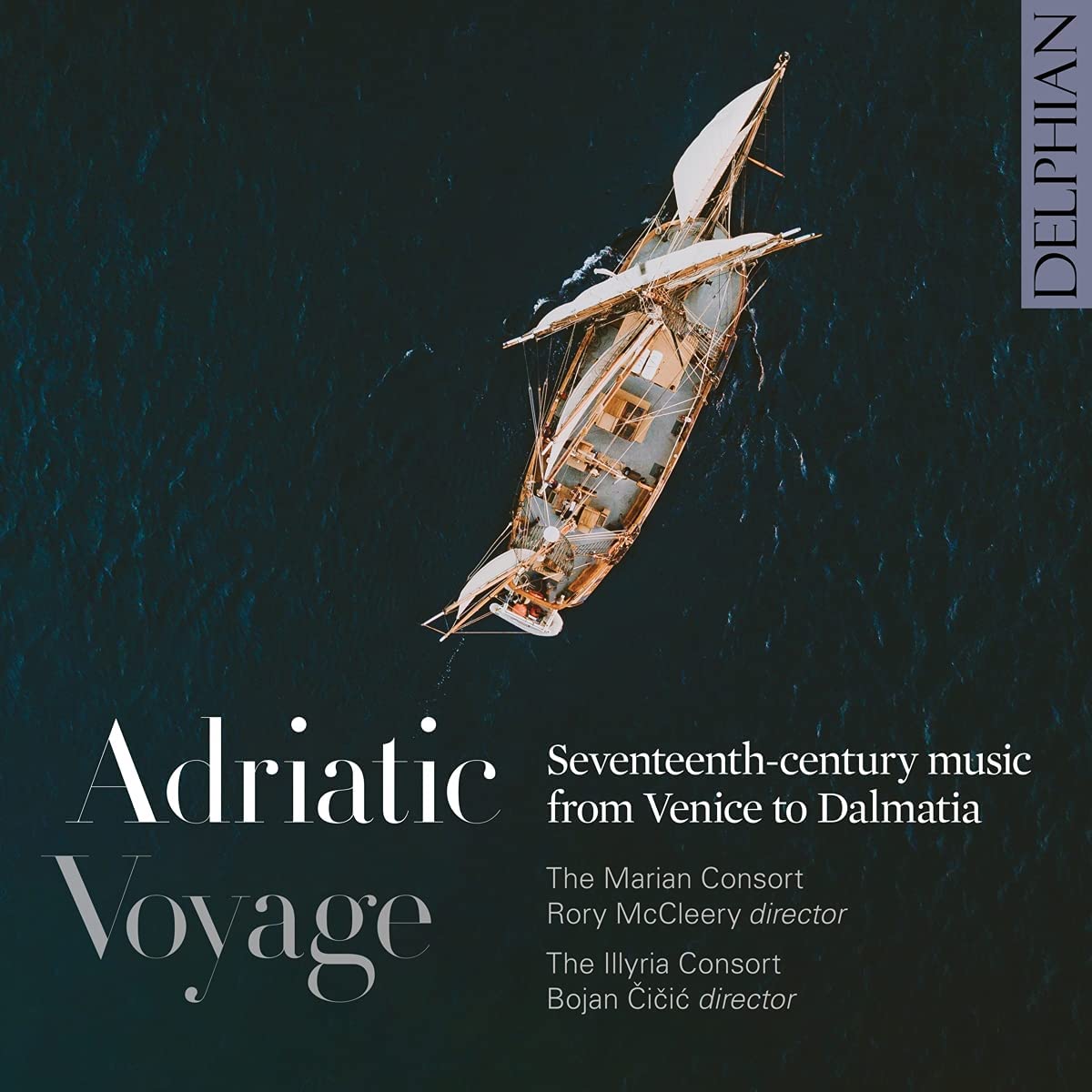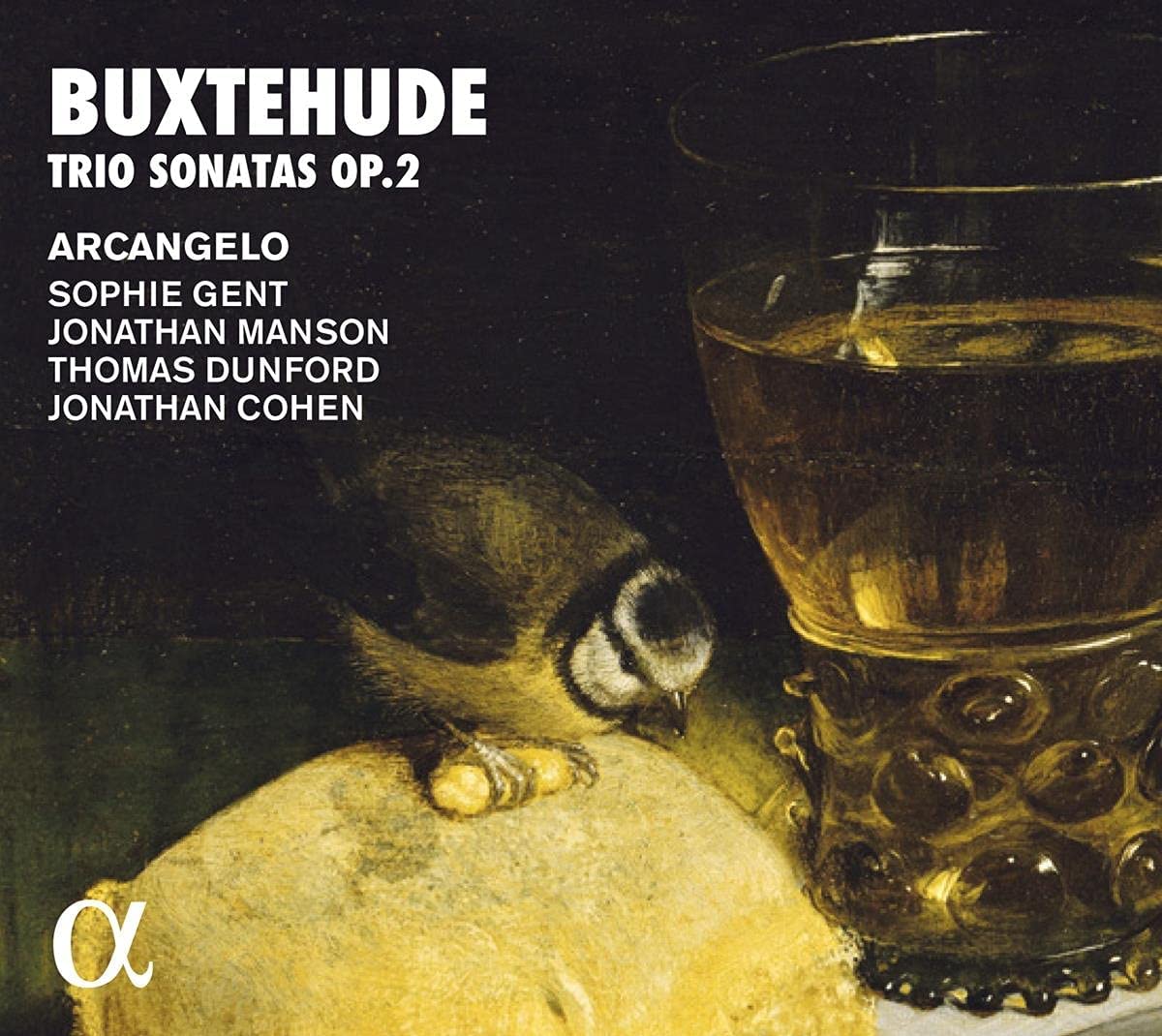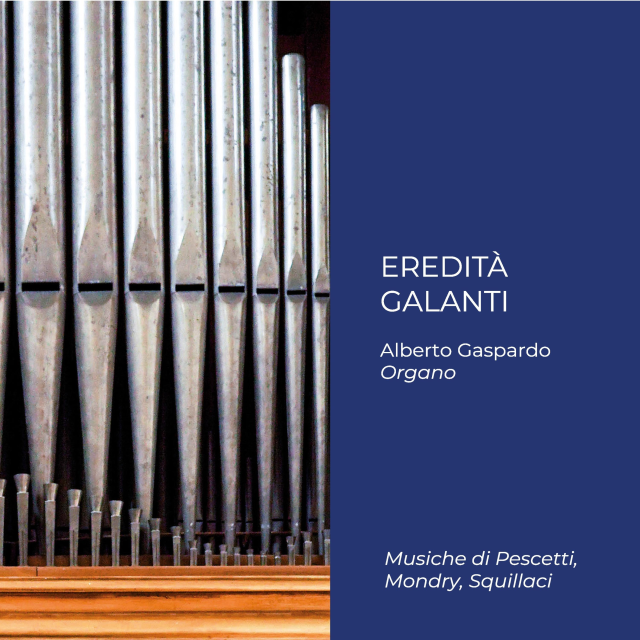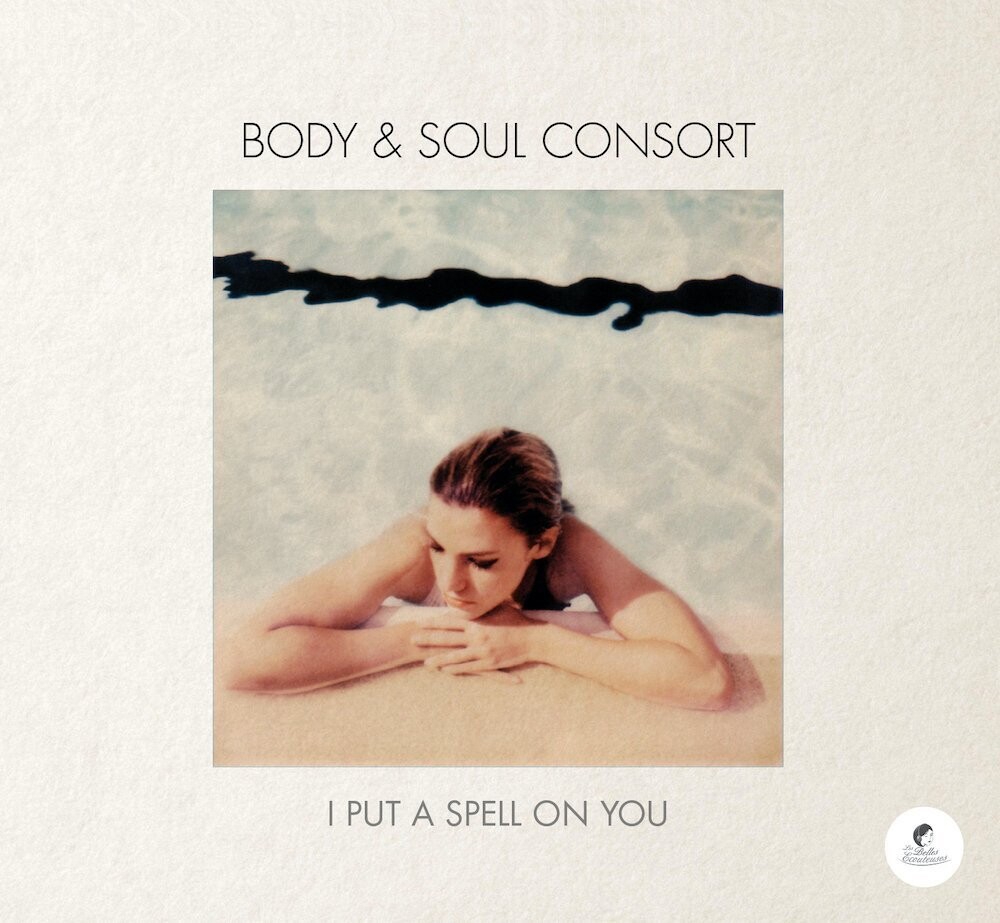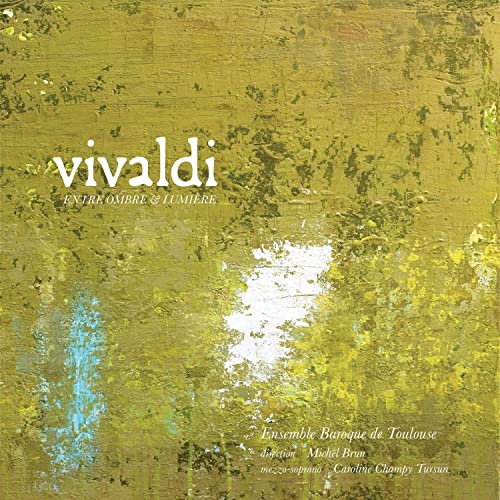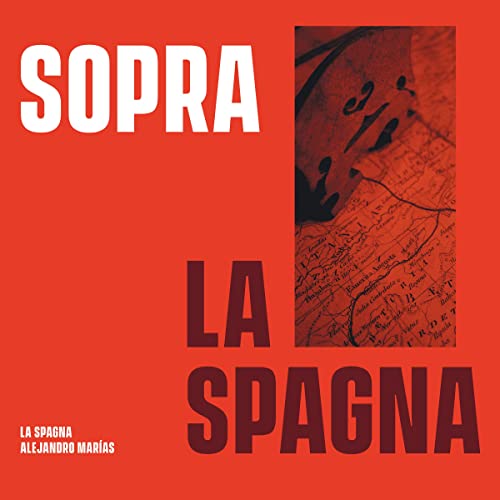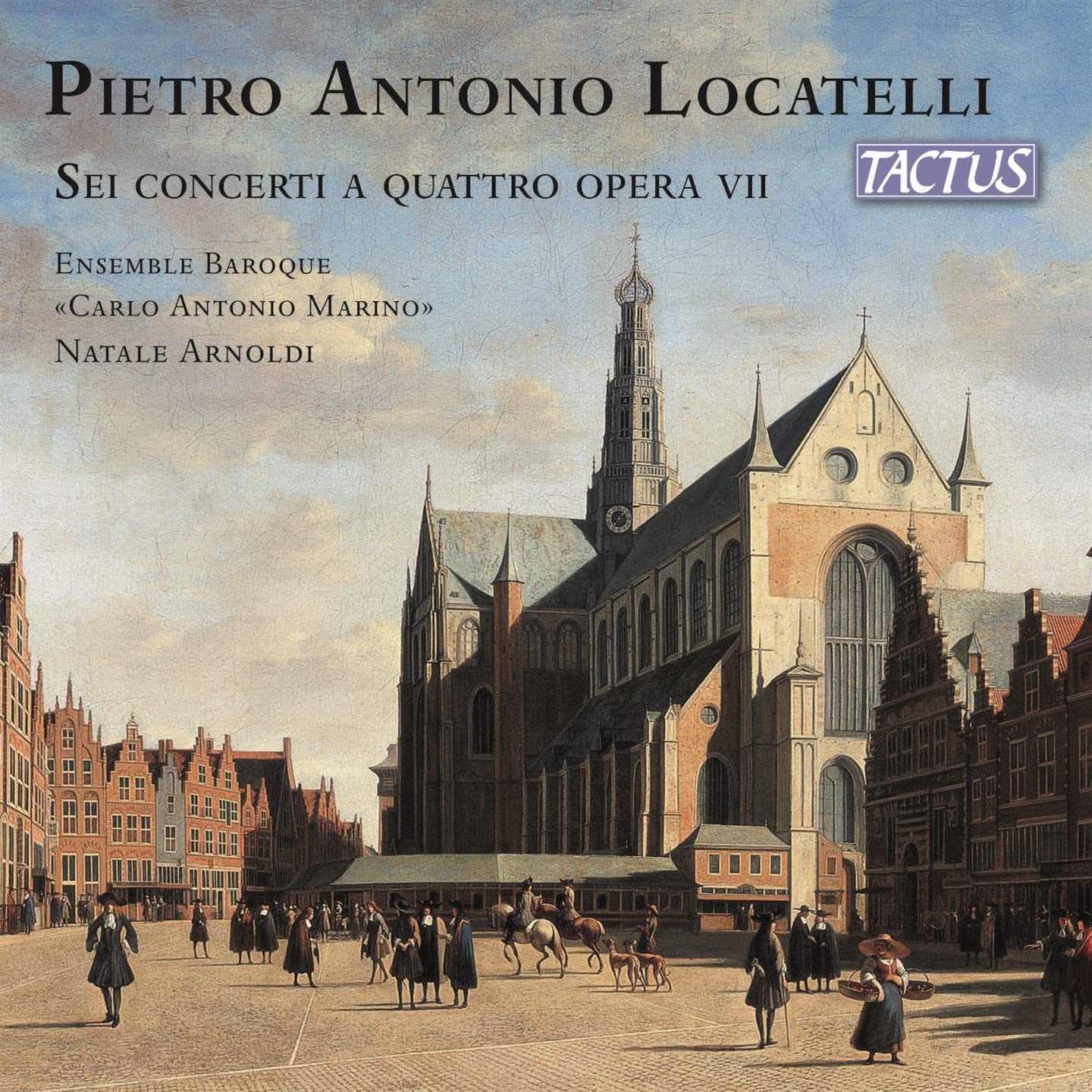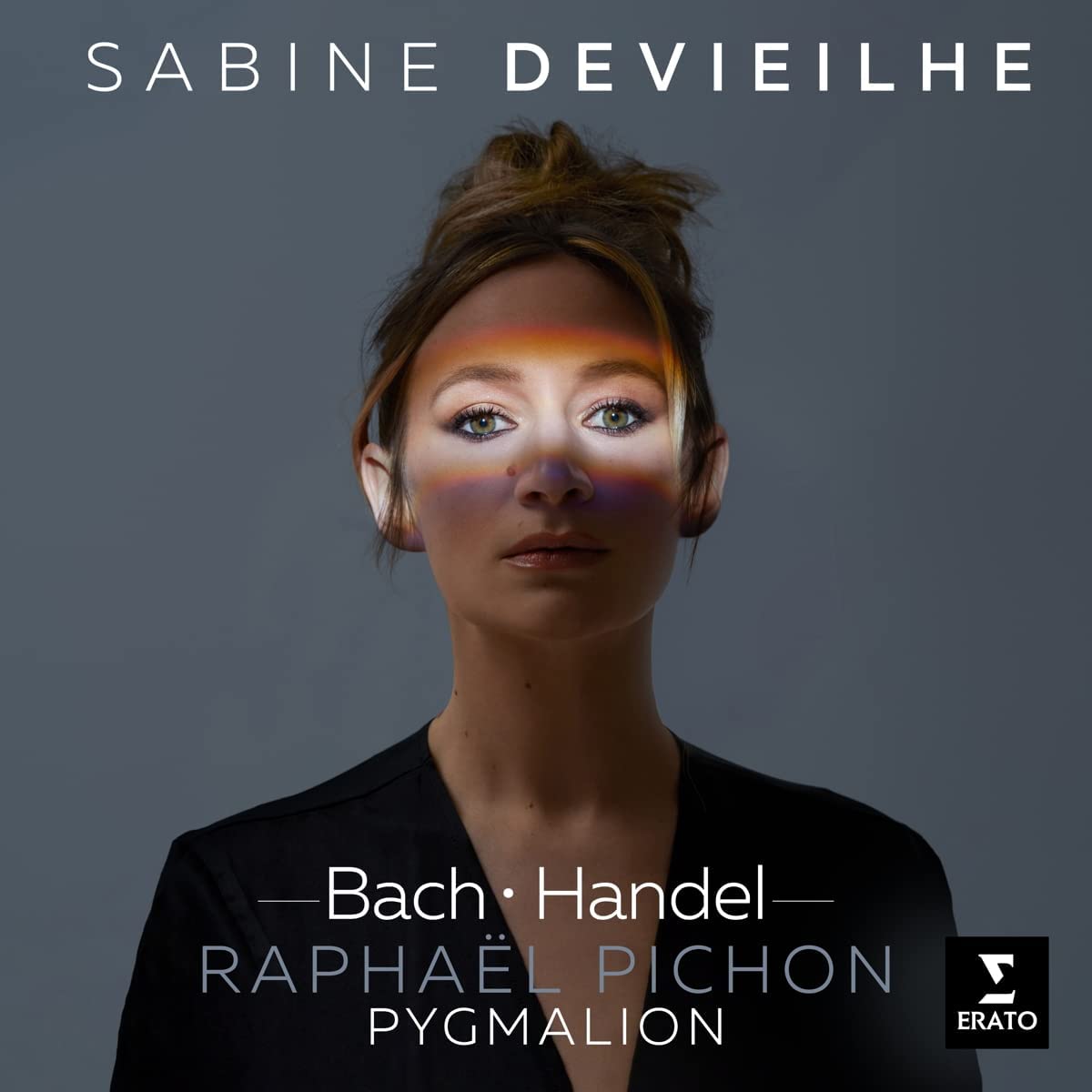Seventeenth-century music from Venice to Dalmatia
The Marian Consort, dir. Rory McCleery | The Illyria Consort, dir Bojan Čičić
58:26
Delphian DCD34260
Click HERE to buy this recording on amazon.co.uk
[These sponsored links keep this site FREE to access!]
The premise behind this excellent recording is simple: it traces the musical connections between Venice and its dominions on the Dalmatian coast. The detailed booklet describes the historical background and the music presented. And what music! The five singers of The Marian Consort are individually very stylish singers, not afraid of using vibrato ornamentally but never allowing it to impact the tuning of their faultless ensemble singing. The aptly named Illyria Consort provides both the harmonic support the singers need in their solos and duets, and the glitter in the larger pieces, with Čičić’s violin and Gawain Glenton’s cornetto stylishly improvising around their lines. I was surprised to discover that only four of the 18 tracks are premiere recordings, but then with music of this quality (and there are some stunning pieces, such as Jelich’s beautiful tenor duet, Bone Jesu) it should not have come as a shock. Topped an tailed by arguably the best-known Dalmatian composer of the day, Francesco Usper (aka Sponga), this disc deserves all the awards it will undoubtedly garner.
Brian Clark
